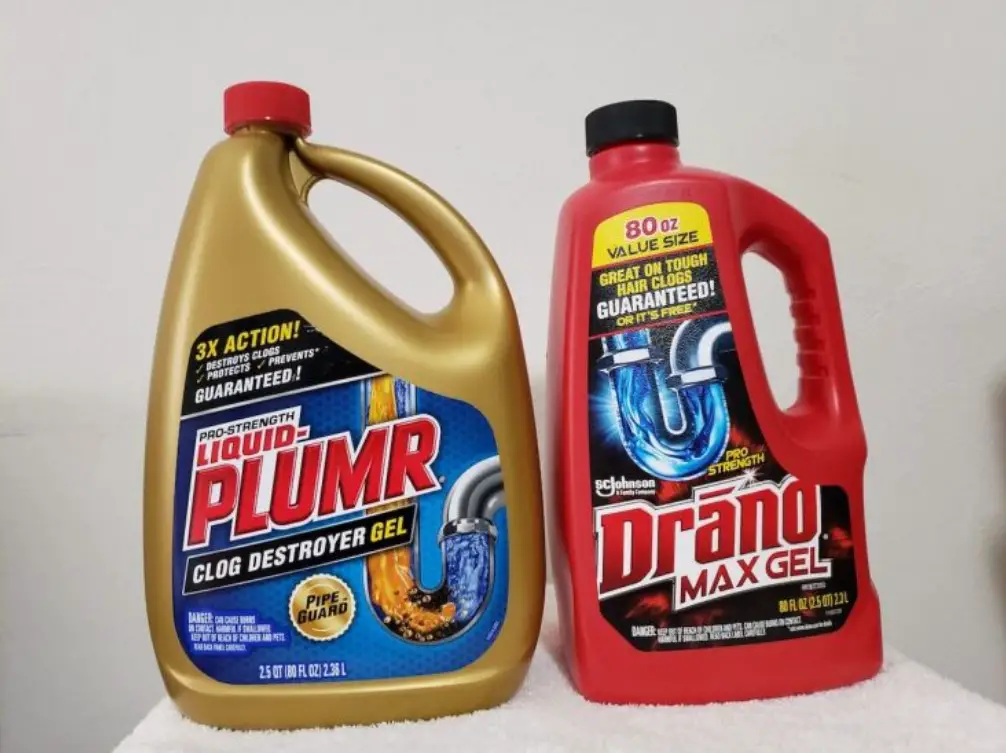When it comes to tackling a clogged drain, Drano or Liquid-Plumr are two of the most popular options for homeowners. Drano has been around for decades, while Liquid-Plumr is more recently available on the market. But which one works better?
In terms of effectiveness, Drano has consistently ranked at the top of most reviews. Drano’s thick gel cuts through standing water and tough clogs, allowing it to move quicker than other brands. It also contains powerful enzymes that can dissolve even organic debris like grease and hair.
Liquid-Plumr is also effective in clearing out clogged drains, but it works in a slightly different way. It uses foaming action to help break down and flush out clogs, but it does take longer to work than Drano.
In terms of ingredients, Drano contains caustic sodium hydroxide, which is highly effective at dissolving organic materials. Liquid-Plumr on the other hand is composed mainly of sodium hypochlorite and enzymes – making it more effective on grease than Drano.
Drano and Liquid-Plumr both offer a variety of product options depending on the severity of your clog.
Which Drain Cleaner Works the Best?
After putting both Drano Dual-Force Foamer and Liquid-Plumr Clog Destroyer Plus Pipeguard to the test, it is safe to say that these two products are very effective in unclogging drains.
The first clog I unclogged with the Drano Dual-Force Foamer was gone almost immediately after pouring the solution and waiting an hour. Flushing it with hot water for five minutes after really seemed to do the trick.
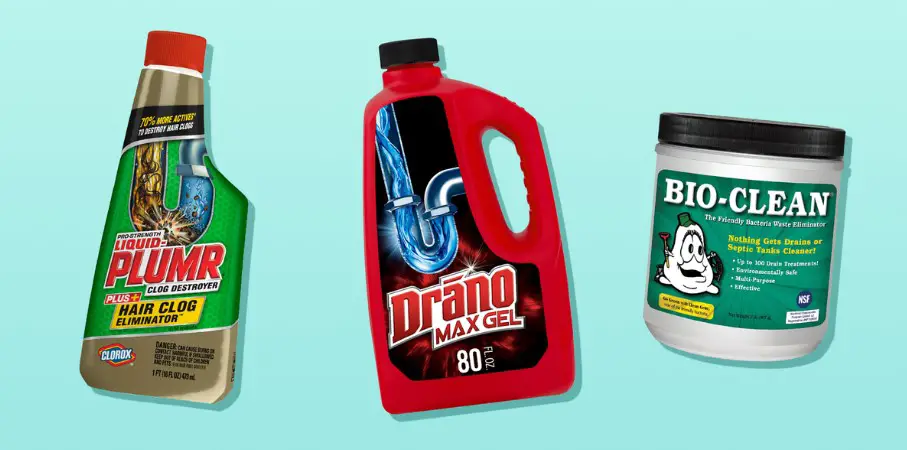
The second clog was unclogged with Liquid-Plumr Clog Destroyer Plus Pipeguard, and again, after pouring the entire bottle into the drain and waiting an hour, I was able to flush away all of the debris with hot water.
Both Drano and Liquid-Plumr worked great, but I found that Drano was quicker in unclogging my drains. Therefore, if you are looking for a quick and effective way to unclog your drains without having to spend too much money, it seems that Drano Dual-Force Foamer would be.
What type of drains do Liquid-Plumr and Drano work on?
Liquid-Plumr products are reliable and effective when it comes to clearing out clogs in most household plumbing. They can be used on metal, plastic, and PVC pipes but not rubber pipes. To prevent any damage to your pipes, it’s best to avoid using Liquid-Plumr on toilets and dishwashers. Additionally, Liquid-Plumr products are safe for use in septic systems.
Drano Clog Removers are specifically designed to dissolve clogs quickly and safely with metal or plastic pipes. They can be used in kitchen and bathroom sinks, showers, and bathtubs without any danger of damaging the pipes. If you’re dealing with a clogged toilet, Drano Max Build-Up Remover can be used. Like Liquid-Plumr, Drano products are safe in septic systems.
In summary, both Liquid-Plumr and Drano products can be used for household plumbing applications but not on rubber pipes or toilets (with the exception of the Drano Max Build-Up Remover). Both products are safe for use in septic systems.
What type of clogs do Liquid-Plumr and Drano work on?
Both Liquid-Plumr and Drano offer a range of drain cleaners to help clear out clogs and build-up in your drains. Their products work on common household clogs, such as soap scum, hair, grease, dirt, and general gunk.
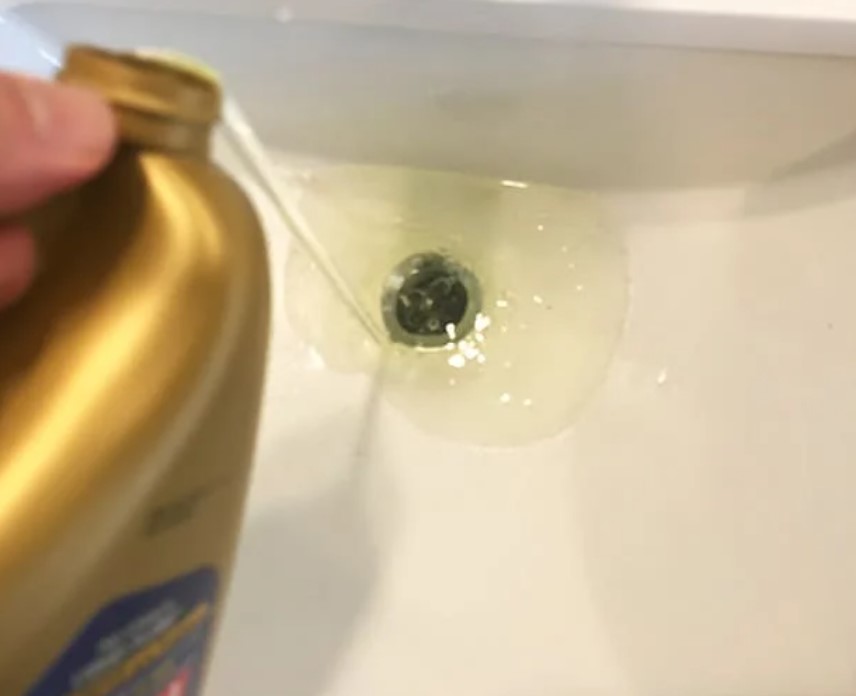
What sets them apart is the type of technology they use to remove these clogs. Liquid-Plumr products are designed to dissolve the clog using a special formula, while Drano products rely on powerful chemicals and enzymes to break through tough blockages. Both brands have been proven to effectively clear out most types of common household clogs.
Can you pour Liquid-Plumr and Drano through standing water?
Pouring Liquid-Plumr or Drano through standing water can prove to be an effective way to clear a clogged drain. However, it is important to remember that not all products are suitable for this purpose. Liquid-Plumr products are designed to cut through standing water, but the exact instructions should be followed.
What is the most effective drain Unclogger?
When it comes to finding the most effective drain unclogger, there are a variety of options available. Drano Max Gel Drain Clog Remover is widely considered the best overall choice due to its high-powered formula that works quickly and effectively.
It contains an active enzyme formula that attacks organic buildups such as hair and food particles, making it a great choice for sinks and showers. For single use applications, the Green Gobbler Drain Opening Pacs are an excellent option.
They contain a powerful blend of enzymes that quickly dissolve clogs with minimal effort or mess. If you’re looking for a preventative solution, Rockwell Labs InVade Bio Drain Gel is a great option. It works to prevent clogs from forming in the first place and can be used in sinks, showers, and garbage disposals.
For washing machines, the Vastar 4 Pack Drain Snake is an ideal choice as it helps remove hair and other debris from the drain pipe. Ultimately, when choosing a drain unclogger, it’s important to consider the type of clog you’re dealing with and select the option that best suits your needs.
What is better than liquid Drano?
Drano Max Gel is the best choice for clearing out tough clogs. Unlike liquid Drano, this thick gel formula goes deep into sink and drain pipes to attack the source of the clog and dissolve it away completely. This product works quickly and effectively to break down fatty deposits, greases, hair, oil, food particles, and other debris that can cause stubborn clogs.
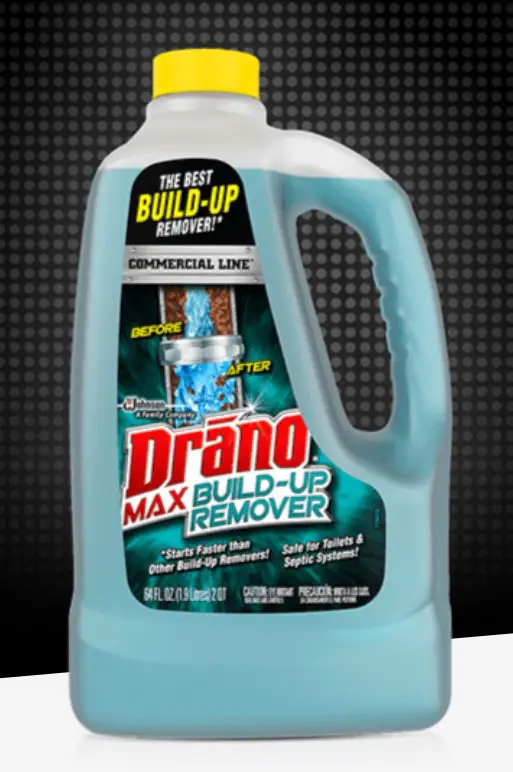
What’s more, Drano Max Gel is safe to use on all types of pipes including PVC, copper, and metal. With this powerful drain cleaner around your home, you can be sure that even the toughest clogs won’t stand a chance!
Does anything work better than Drano?
Yes, baking soda and white vinegar can be an effective way to unclog a drain without using Drano. This natural combination has the power to break down clogs in pipes, making it much easier for the water to flow freely.
When combining baking soda and white vinegar, it is important to use equal amounts of each ingredient. Start by pouring half a cup of baking soda into the clogged drain and follow it with a half cup of white vinegar. As the two ingredients begin to react, you will see some bubbles and foaming clog fighter. Allow this mixture to sit for about an hour before flushing it down with hot water. This process should be repeated if the clog persists.
If all else fails, there are a few other methods that may work better than Drano. These include using a plunger, a wire hanger, or a drain snake to help remove the obstruction from your pipes. With these methods, you will be able to pinpoint the cause and manually fix it yourself.
In the end, it is best to try baking soda and white vinegar before opting for Drano. Not only will you be able to save some money, but you’ll also be looking after the environment by using a natural solution instead of harsh chemical reaction.
What happens if Drano doesn’t unclog?
Drano and other chemical cleaners drain might seem like a quick fix to an annoying clog, but it may not be the best solution for your plumbing woes. What happens when Drano doesn’t work? The heat from the chemicals may break down the remnants of a clog, but it’s likely only pushing them farther down the pipe system.
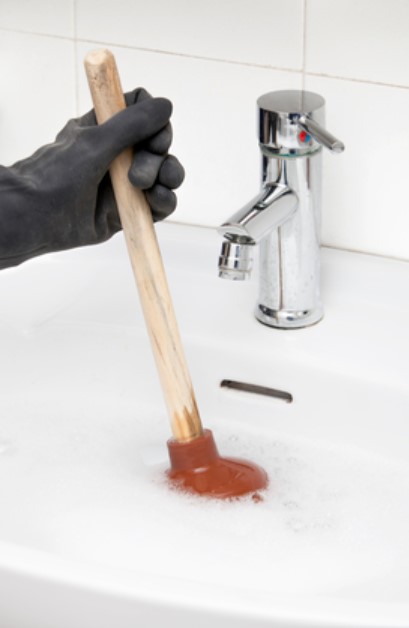
This can create a more dense clog in an area of your plumbing that is harder to reach, leading to repeat offenses of pouring chemicals down the drain and eventually ruining your plumbing system.
A better solution might be to call a professional plumber or use an auger (plumbing snake) to physically remove the clog from your pipes. With this method, you can be sure the clog is completely gone and your pipes will remain in good working order. Read also, Liquid-Plumr vs. Drano.
Can liquid plumber make a clog worse?
Liquid plumbers are a common go-to fix when it comes to clogged pipes, but unfortunately they can sometimes make the situation worse. This happens for a variety of reasons.
Most drain cleaners use strong chemicals and acids in order to break through the clog, which can be damaging to the pipes themselves. Over time, too much chemical usage can eventually lead to corrosion and deterioration of the pipes.
This can create an even bigger problem when the clog becomes deeply entrenched in the corroded material and is harder to remove. Another reason liquid plumbers may make a clog worse is that they simply cannot break through certain types of blockages, such as those caused by grease or oil buildup.
In these cases, the chemical cleaner may just be pushed through the pipe and end up settling further down the line and worsening the clog. The bottom line is that while liquid glass can often be helpful in clearing out a clog, it’s important to make sure you’re using one that isn’t going to.
What do plumbers recommend for unclog drains?
When faced with a stubborn clog, experienced plumbers often recommend the use of a hydro jet. This specialized device sends pressurized streams of water rushing through pipes to break down built-up blockages and grime buildup.
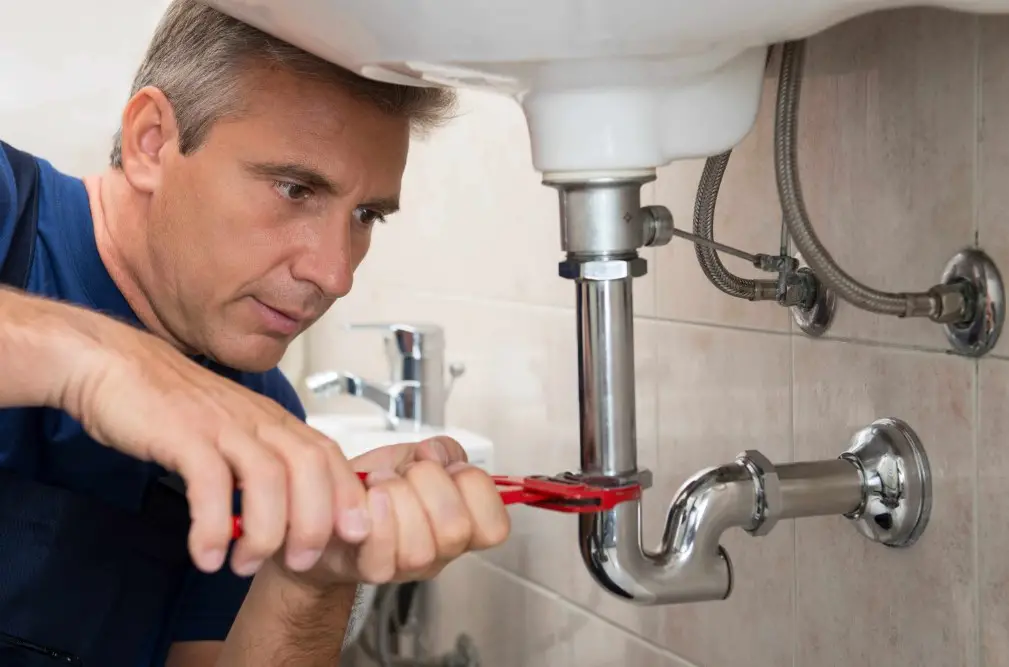
A hydro jet is more powerful than a traditional drain snake, making it much faster and more efficient in resolving clogs. What’s more, hydro jets don’t just remove blockages; they also clean out the pipes as well. All in all, hydro jets provide a comprehensive solution for getting rid of clogs and restoring free-flowing pipes.
For homeowners who are having trouble with stubborn clogs, a plumber may suggest using a hydro jet. This powerful tool will quickly and effectively clear out the blockage while also cleaning the pipes at the same time. A hydro jet is an effective way to restore free-flowing pipes and keep them running smoothly. Read also…

